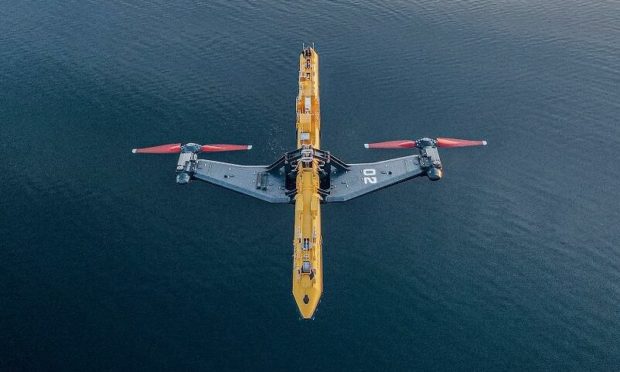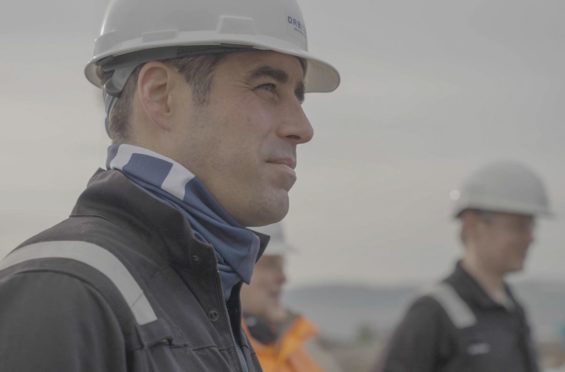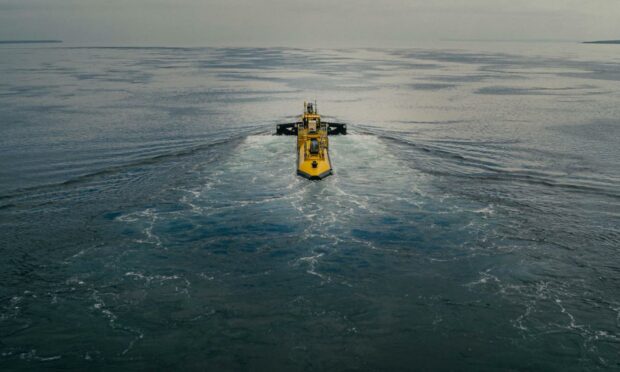The O2, the world’s most powerful tidal turbine, has started grid connected power generation at the European Marine Energy Centre in Orkney.
Manufactured and launched in Dundee earlier in the year, the O2 is Orbital Marine Power’s first commercial turbine.
It sailed out from Dundee in April, where it was built by TEXO Group for 18 months.
The innovative, floating turbine is anchored in the Fall of Warness where a subsea cable connects the 2MW offshore unit to the local onshore electricity network.
The 74-metre turbine will operate off Orkney for the next 15 years.
It has the ability to generate enough clean electricity to meet the demand of around 2,000 UK homes.
The turbine can offset approximately 2,200 tonnes of CO2 production per year.
In a further element of the project, the O2 will provide power to an onshore electrolyser to generate green hydrogen.
O2 tidal turbine to tackle climate change
Orbital Marine Power is an engineering company headquartered in Orkney.
It focuses on the development of a tidal energy turbine technology capable of producing a dramatic reduction in the cost of energy from tidal currents.
The company currently employs 32 staff with offices in Orkney and Edinburgh.
Orbital chief executive Andrew Scott says: “This is a major milestone for the O2.
“Our vision is that this project is the trigger to the harnessing of tidal stream resources around the world to play a role in tackling climate change whilst creating a new, low-carbon industrial sector.”
Electricity is transferred from the turbine via a dynamic cable to the seabed and a static cable along the seabed to the local onshore electricity network.
Around 80% of the turbine was delivered by UK suppliers and operation will bring long term employment to coastal communities.
The multi-million pound contract to build the turbine brought 100 jobs to Dundee two years ago.
‘A proud moment for Scotland’
The construction of the O2 turbine was enabled by public lenders through the ethical investment platform, Abundance Investment.
It was also supported by the Scottish Government through the Saltire Tidal Energy Challenge Fund.
The O2 project has received funding from the European Union’s Horizon 2020 research and innovation programme.
Cabinet secretary for net zero and energy Michael Matheson called the turbine deployment a proud moment for Scotland.
He says: “With our abundant natural resources, expertise and ambition, Scotland is ideally-placed to harness the enormous global market for marine energy whilst helping deliver a net-zero economy.
“That’s why the Scottish Government has consistently supported the marine energy sector for over 10 years, including through the Saltire Tidal Energy Challenge fund, which provided £3.4 million for this project.”


